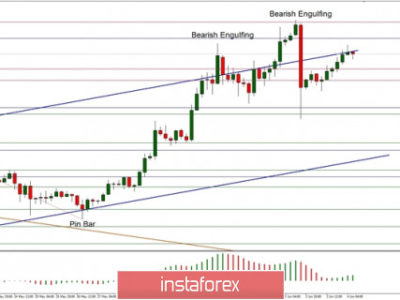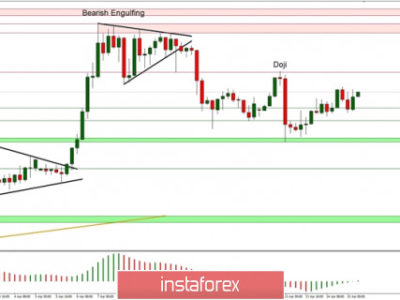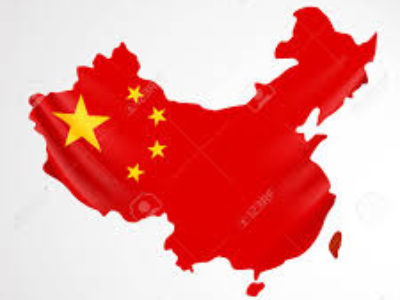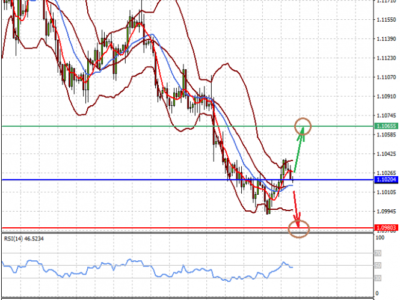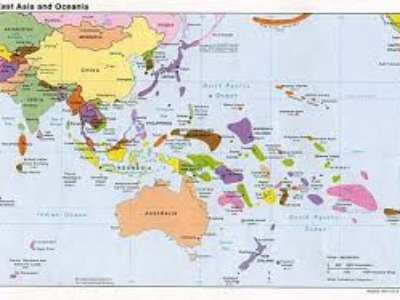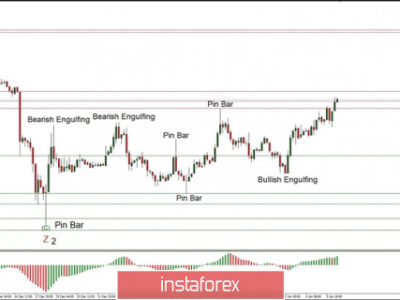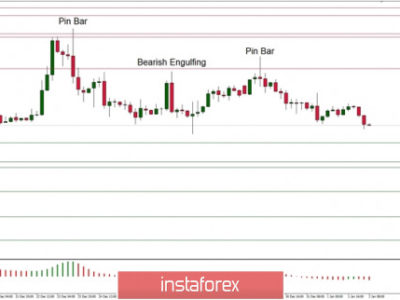SDR’s and the Growth of the YUAN
The International Monetary Fund made it official on Monday that it was adding the Yuan alongside the Dollar, Yen, Euro and Sterling in the special drawing rights (SDR) basket. It will make up 10.92% of the basket.
IMF managing director Christine Lagarde said the yuan’s inclusion was “a clear indication of the reforms” China had implemented. This will come into effect on 1/10/16.
The history of and what is a Special Drawing Right.
The SDR was created in 1969 to supplement a shortfall of preferred foreign exchange reserve assets, namely gold and the US dollar.
SDR’s are supplementary foreign exchange reserve assets defined and maintained by the IMF. Their value is based on a basket of key international currencies reviewed by the IMF every five years. Based on the review conducted on December 30, 2010, the SDR basket consisted of four currencies: US dollars 41.9%, Euro 37.4%, Sterling 11.3%, and the Yen 9.4%.
In the review conducted on 30/11/15, the IMF decided that the Chinese Yuan will be added to the basket. The weights assigned to each currency in the SDR basket are adjusted to take into account their current prominence in terms of international trade and national foreign exchange reserves.
SDR’s are allocated to countries by the IMF. Private parties do not hold or use them. The amount of SDR’s in existence was approximately 21.4 billion in 2009. During the global financial crisis of that year, an additional 182.6 billion were allocated to provide liquidity to the global economic system and supplement member countries’ official reserves. By October 2014, the amount of SDR’s in existence was 204 billion.
Rarely in their history have SDR’s commanded quite so many headlines eventhough they play a mostly mundane role in the global financial system. Technically SDR’s are an international reserve asset that helps maintain balance between countries with big external liabilities and those with plenty of cash. In practice, they are more marginal, as countries largely rely on capital markets and hard currencies to cover their obligations.
By accepting the Yuan into the basket the IMF has in effect recognised the Yuan as a reserve currency, despite China’s extensive capital controls. This does not mean that this will suddenly turn the Yuan into a rival to the dollar but it is a symbolic boost to its international standing, giving countries more confidence to add the Yuan to their currency reserves.
Two criteria determine whether a currency can be part of the SDR:
- Its issuing country must be a major exporter,
- and the currency must be freely usable.
No one disputes that China meets the first criterion. Over the past five years, its exports averaged 11% of the global total. That places it behind the European Union and America but well ahead of Japan and Britain.
The second criterion is the tricky one. If freely usable is understood as fully convertible, the Yuan would not pass the test. China places caps on how much cash its residents can take out of the country, forces international companies to do extensive paperwork before bringing large sums in, and limits foreigners to strict quotas for investing in its capital markets.
However according to the IMF freely usable means something else. It refers to whether a currency is widely used in international transactions and whether it is widely traded in global markets. Full convertibility would help a currency meet these standards but is not a prerequisite. In theory judging this ought to be clear cut. Across a range of indicators considered by the IMF, the Yuan seems to fall jsut short of requirements. In 2014 it ranked 7th among currencies in countries’ official reserve assets. It was the 8th most used for both international debt securities and cross border payments. As for trading, it ranked 11th in global currency spot markets.
However, if the Yuan is judged based on its growth, the case for its inclusion in the SDR is much stronger. Its international use has grown rapidly in recent years. In 2014 it accounted for 1.1% of countries’ official reserve assets, up from 0.7% in 2013. Some 0.6% of international debt securities are now denominated in Yuan, up from just 0.1% in 2010. 1% of all cross border payments are conducted in Yuan, up from 0.2% in 2012. International trading of the Yuan has had a similar, if slightly slower, ascent: 0.8% of currency transactions in the global spot market involved Yuan in 2013, up from 0.3% in 2010. Moreover, while capital controls make it difficult for ordinary foreign firms to invest in Chinese markets, the government has started to open its door more widely to other countries’ central banks.
What are the financial implications of the Yuan’s inclusion?
There are four main implications.
- Firstly the nearly 11% weighting implies that approximately US$26Bn will be linked to the Yuan.
- Secondly The role of the Yaun in global reserve assets could rise. Currently the Yuan is under represented in global foreign exchange reserves at approximately 1%. If reserve managers gradually increased thier holdings of Yuan denominated assets, say to 5% this would result in a net inflow of approximately US$350 billion over the next few years.
- Thirdly if Yan denomibated assets are included in major bond and equity indices and benchmarks we could see a positive asset allocation decision by money managers.
- Fourthly and most importantly growing international use of the Yuan stems in large part from the PBOC’s efforts to loosen, gradually but steadily, restrictions on cross border capital flows and to free up the country’s financial system. The inclusion of the Yuan in the basket will only expedite this process.
In essence good long term implications and another sign of China’s global economic importance.

